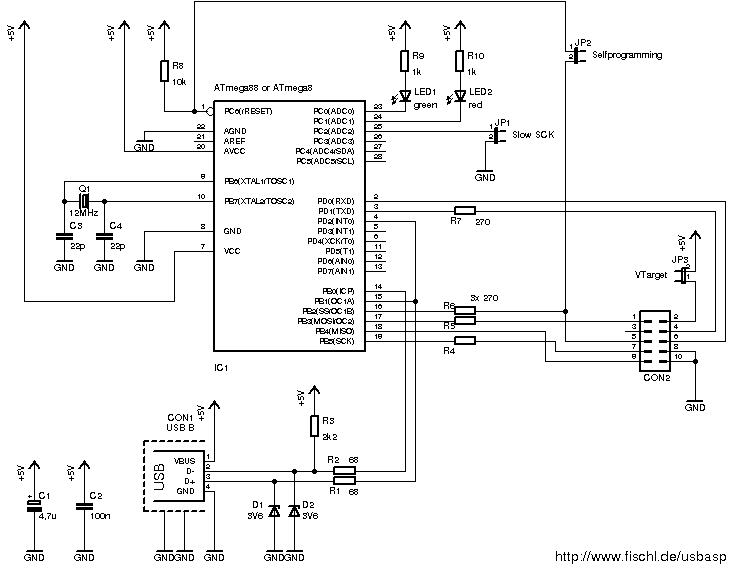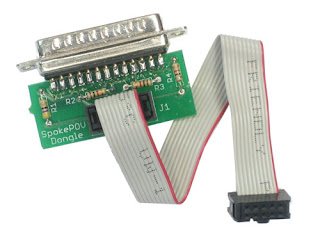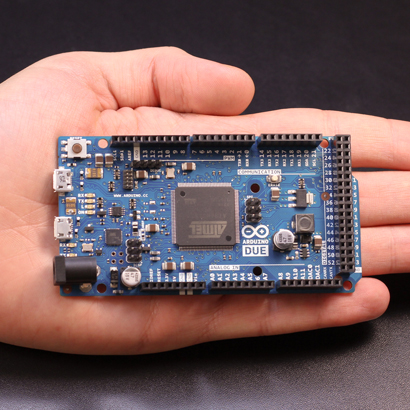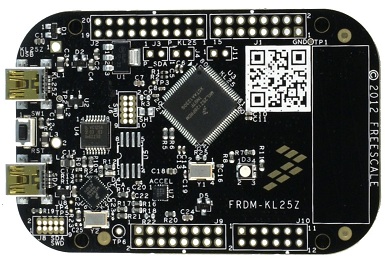Initially the device was detected quickly. I simulated the existing program and figured that I would do the modification after production is over.
So when I resumed, the device failed to be detected, it also froze and nothing was responding.
I feared for the worst. I feared that the firmware could be bricked and that I may have to replace the PLC or figure out how to reset the thing to factory defaults! My head was racing with everybody looking up to me for a solution.
There is nothing as traumatizing as bricking a machine that was running before it is touched. With a thousand eyes and high expectation weogjing heavily on my shoulders, I compose myself and consult a few friends. It's a Saturday night and some are already Sanitizing their throats. No solution comes through.
I give up and rest for the day hoping to resolve the matter by Sunday morning. I retire to bed hoping the Chinese supplier would offer some insight. The only thing he said is that I should restart the machine which I had already done a thousand times.
At exactly 5am,the client calls me. I fumble from my sleep and get ready to head to the factory by 6am. Before I left the bed,
I do a quick YouTube search and find a video without audio by a Pakistani where the same problem I was facing was solved. Luckily he had left his email and phone number. I quickly write him an email. I shoot some whatsapp messages and call frantically! The rest is history!
Name:Nasir Hussain
Phone +92 323 5007170
YouTube : https://www.youtube.com/channel/UC2z25mBoq_yDFtTUeKgLDVA
I now feel guilty for not publishing enough on this blog and my YouTube channel. We're it not for Nasir's work, I would have been stuck a long time!




















































